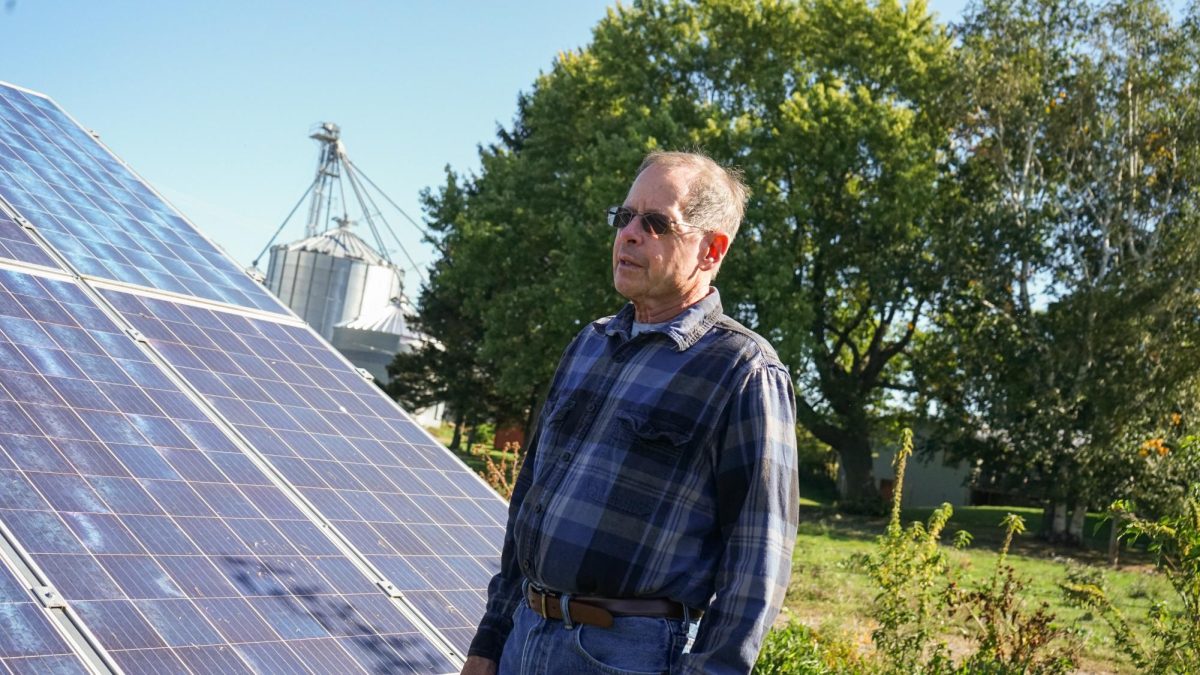Cornell University students are nearly done building a race car to compete in an international competition in May. The team expects to complete the car by the end of February.
The Cornell Formula Society of Automotive Engineers team is one among the 120 teams that will test their race cars’ speed, safety and design features in an annual international competition at the Michigan International Speedway. About 60 students have been working on the open-cockpit car since last summer and through most of their holiday break, keeping them on track to finish the car by the end of the month.
Despite the looming deadline, team leader Sam Wormuth believes the students can meet it.
“I think we’re doing really well timeline-wise,” he said.
Wormuth said there still is a lot to do, including putting the engine into the car, attaching the wheels, and installing the steering system. Wormuth, a senior, is currently working on the roll hoop for the car — the large, metal cage that protects the driver if the car were to flip over. He said safety is a huge concern for the team.
“A lot of our designs are driven by the safety rules,” project manager Sarah Behringer said.
The safety guidelines for the competition are very strict — so much so that the team is often more concerned with passing inspection than with anything else.
The other main goal — and what they need to win the competition — is speed.
“Every year when we design the car, we go in with a few ideas in mind,” Behringer said. “This year our ideas were lightweight, well-packaged and easy to manufacture.”
The team’s new weight goal is to shave 30 pounds off last year’s car. They plan to do this by using carbon fiber — a new addition to their design this year.
The entire rear and part of the front is made out of this sleek substance, which is lightweight but very expensive and needs to be refrigerated during transport. Much of their material was donated, John Callister, the team’s faculty adviser, said.
“We’re always kind of hemming and hawing about going back to a steel frame, which is cheaper and probably easier to build, but not as cool,” Callister said. “We kind of like the cool factor of the carbon fiber tub, just like a formula one car.”
Finishing the racecar on time is essential to be able to test the car before the Michigan competition in May, Behringer said. Throughout its history, The Cornell team has won nine times, but its last win was over 10 years ago.
“The competition’s really rough,” Callister said. “I mean we’re going against some remarkably sophisticated teams from Europe and around the world.”
Senior Larry Lenkin, the cooling subteam leader, said he is optimistic about the competition this year.
“Everything’s been coming together a lot nicer than it has been in the last couple of years that I’ve been on the team,” he said. “Ultimately, we kind of have to see what happens when we put the car on the ground.”
For many of the students, joining the team is more than a hands-on experience — it’s also a tight-knit social group. Lenkin said he is able to pursue his passion of working on cars, and loves the environment of the team.
“It really is just a bunch of kids trying to scrap something together,” he said. “It’s scary in a good way.”







